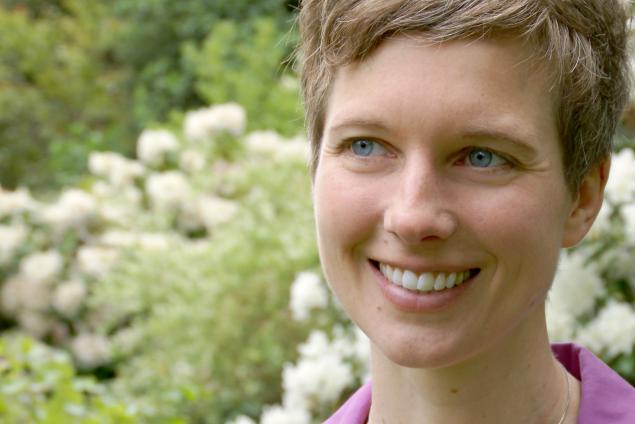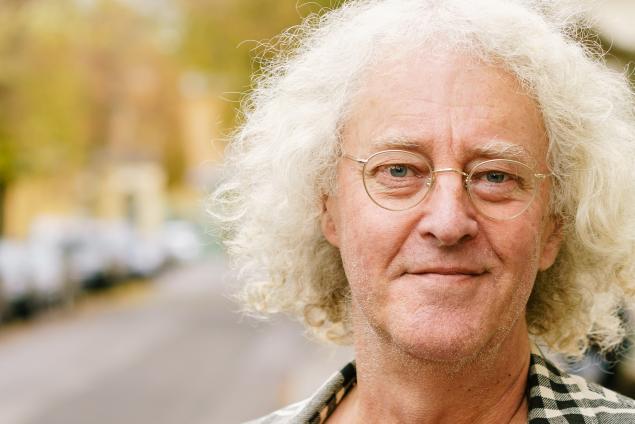Scroll to Section:
Plants use certain chemical compounds to defend themselves against animals that feed on them. As JONATHAN GERSHENZON explains in this video, dandelions are a very good model to research the defences of plants because they are especially robust. The research team therefore investigated dandelions to identify the compound that protects the roots from being damaged by insects. They studied dandelions from different regions and with different levels of these particular compounds. In a next step they compared the amount of damage after exhibiting them to an insect that feeds on the roots. After altering the plant's production of this compound the researchers found that dandelions with reduced levels of the compound were fed on more heavily by this particular insect.
DOI:
https://doi.org/10.21036/LTPUB10219
Institution

Max Planck Institute for Chemical Ecology
The Max Planck Institute for Chemical Ecology (MPI-CE) investigates how organisms communicate with each other via chemical signals. We study how plants best adapt to their respective environments and identify the chemical compounds they produce to attract pollinators, fend off herbivores and pathogens, or keep unpleasant competitors away. In the course of evolution, insects have adapted to the survival strategies of plants. We therefore analyze the genetics, physiology and behavior of herbivorous insects. Insects also make use of plant substances to protect themselves against predators: They sequester toxic compounds; some insects even signal by exhibiting their bright colors that they should better not be eaten. Microorganisms play a crucial role in the fitness of plants and insects. Some are pathogens, others are symbiotic partners and help to supply nutrients or boost the immune system. We want to determine who plays which role. The MPI-CE was founded in 1996 and is part of the Max Planck Society. Together with Friedrich Schiller University Jena, it runs the International Max Planck Research School Chemical Communication in Ecological Systems, a graduate school for excellent international graduates.
Original publication
A Latex Metabolite Benefits Plant Fitness under Root Herbivore Attack
PLoS Biology
Published in 2016
Reading recommendations
The Function of Terpene Natural Products in the Natural World
Nature Chemical Biology
Published in 2007
Monoterpene and Sesquiterpene Synthases and the Origin of Terpene Skeletal Diversity in Plants
Phytochemistry
Published in 2009
Recruitment of Entomopathogenic Nematodes by Insect-Damaged Maize Roots
Nature
Published in 2005
Beyond
A Ground-breaking Scientific Revolution
An Alarming Challenge for Society
If I Had a Second Life
A Personal Reading Recommendation




